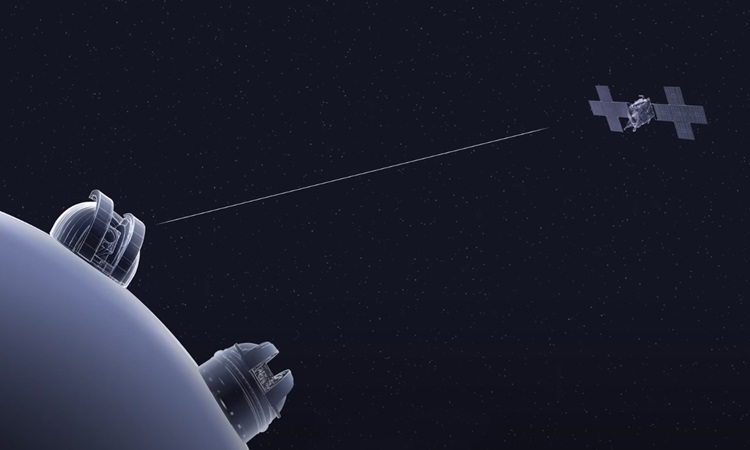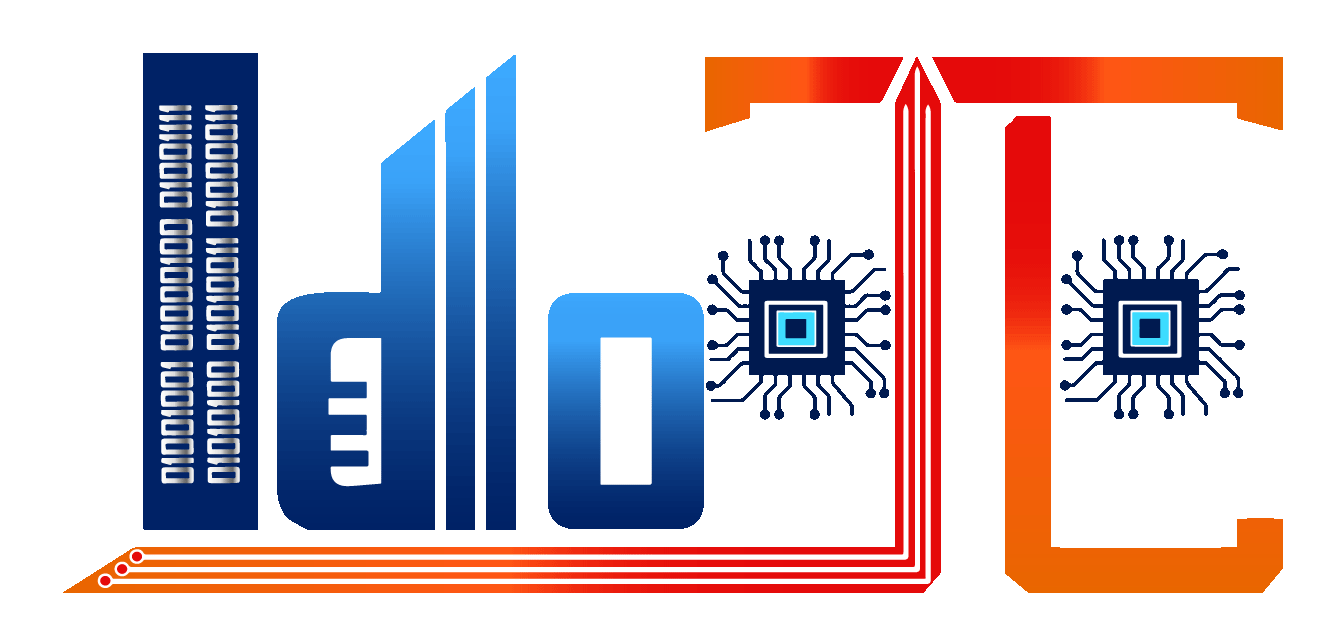NASA sets laser signal transmission record, communication technology reaches new level

The deep-space communications system has achieved a major milestone by successfully transmitting a laser signal from a distance equivalent to the longest distance between Earth and Mars.
The Psyche mission is on its way to the metallic asteroid of the same name. During its journey, the spacecraft will continue to test its future communications system. The laser light was transmitted from Earth to Psyche on July 29, when the spacecraft flew within 460 million kilometers of the planet, according to IFL Science.
This is not the first laser transmission between Psyche and Earth. In the past, the spacecraft has transmitted or received data, photos, and even color videos, but this is the longest transmission. It is also the longest distance between Earth and Mars.
“This milestone is important. Laser communications require high precision, and before Psyche launched, we didn’t know how much performance would degrade at the farthest distances,” said Meera Srinivasan, project operations manager at NASA’s Jet Propulsion Laboratory (JPL) in Southern California. “Now that the techniques we use for tracking and positioning have been validated, optical communications can be a reliable way to explore the solar system.”
The entire Deep Space Optical Communications system is experimental, testing what’s possible with current technology and where it could go in the future. The team conducted experiments at several distances to determine how much data could be transmitted.
At a distance of 53 million kilometers, about the closest distance between Mars and Earth, the maximum data rate was 267 megabits per second, comparable to broadband download speeds. On June 24, when Psyche was 390 million kilometers from Earth, the normal data transmission rate was 6.25 megabits per second, with a maximum of 8.3 megabits per second. This is a significant reduction from previous tests, but it is still 100 times faster than radio communication. Researchers were able to download nearly 11 terabits of data during this first phase of the test. “A key goal for the system is to demonstrate a reduction in data transmission speed that corresponds to the inverse square of the distance,” said Abi Biswas, a project scientist at JPL. The next step for the mission is a reboot. The spacecraft is currently shutting down its systems and will turn them back on on November 4 to demonstrate that it can operate for at least a year. Psyche will continue to orbit the inner solar system for several more years. In 2029, the spacecraft will reach the asteroid 16 Psyche and begin orbiting it until at least the end of 2031.
According to IFL Science

